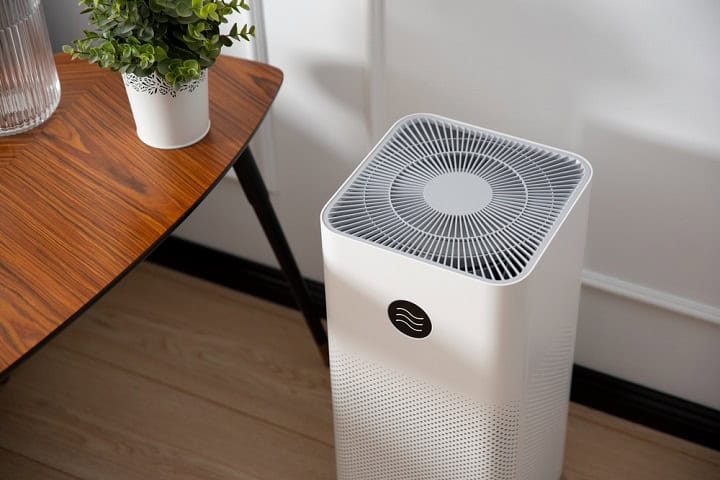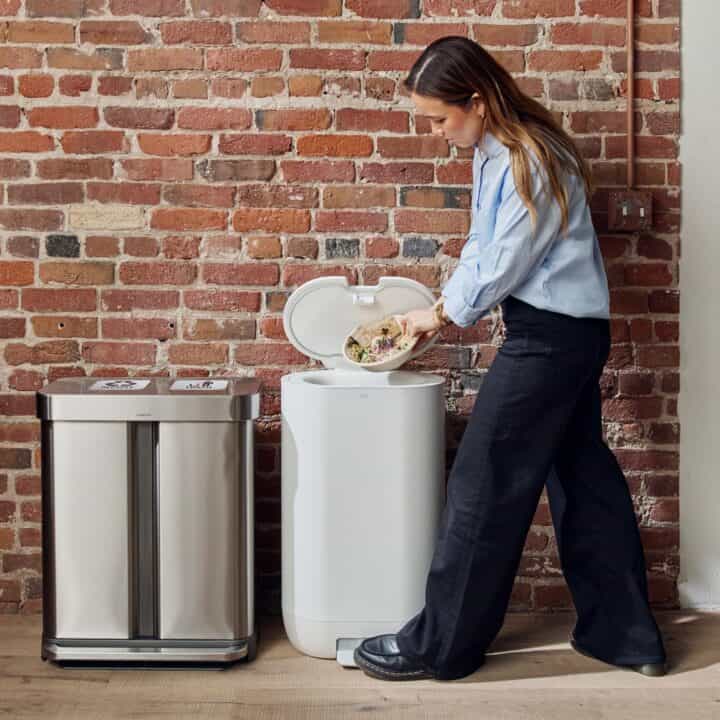When considering the air quality in your home, you might wonder if upgrading to a smart air purifier is a good investment. This post will compare traditional air purifiers with their smart counterparts to see how they stack up. We’ll look at what makes smart air purifiers different, like their use of sensors, and how these features might affect your daily life. Whether you’re curious about the cost, maintenance, or energy use, we’ll weigh the pros and cons to help you decide if a smart air purifier is the right choice for you.
Comparison of Traditional and Smart Air Purifiers
Traditional air purifiers have been around for quite some time and are usually straightforward in their design and function. They often consist of a fan that draws in air and passes it through a filter to remove particles like dust, pollen, and smoke. These basic models typically have manual controls for adjusting fan speed and may include a simple indicator to show when the filter needs to be replaced. While effective in improving indoor air quality, traditional purifiers lack advanced features and require more user interaction to maintain optimal performance.
Smart air purifiers, on the other hand, incorporate modern technology to enhance air cleaning and user convenience. These devices often include various sensors that detect air quality levels and automatically adjust settings to ensure efficient operation. Many smart purifiers can connect to Wi-Fi, allowing users to control them remotely through smartphone apps. These apps may feature real-time air quality monitoring, setting adjustments, and alerts for filter replacement. Smart purifiers can also often be setup to run on a schedule or have a sleep mode. This allows you to slow the speed of the purifier at night to reduce noise levels, and have it increase while you’re out during the day so your home is fresh when you return. While smart purifiers tend to be more expensive, their added convenience and automation appeal to those looking for a more hands-off approach to air purification.
Sensor Functions and Their Effect on Usage
Sensors in smart air purifiers play a crucial role in checking the air quality. These sensors constantly monitor the air, detecting the presence of pollutants like dust, pollen, and smoke. They use various technologies such as laser-based or infrared sensors, electrochemical sensors, oxidization sensors, and mass based sensors to measure the concentration of particles in the air. The data collected by these sensors is then used to determine the current air quality level in the room.
Once the sensors have assessed the air quality, they automatically adjust the purifier settings to ensure optimal performance. If the sensors detect a high level of pollutants, they may increase the fan speed or change the filtration mode to address the issue. Conversely, if the air quality is deemed good, the purifier might operate at a lower speed to conserve energy. This automatic adjustment helps maintain a cleaner environment without requiring manual intervention from the user.
Evaluating the Value of Smart Air Purifiers
When considering the value of smart air purifiers, the cost and upkeep are important factors. Smart air purifiers often come with a higher price tag than regular models. This is due to their advanced features, like remote control through apps and air quality monitoring.
Both air purifier types require regular filter changes and maintenance to keep them operating well. And different machines can require different air filter types, from the cheaper activated carbon filter to more thorough HEPA filters. Replacement filters can add to ongoing costs, so be sure to check the price of replacement filters before buying any air filter.
In terms of long-term performance, smart air purifiers are designed to operate efficiently over time. They often have energy-saving modes that help reduce electricity usage, which can be an advantage in the long run. These features can translate into lower energy bills, offering potential savings. It’s worth looking into the energy consumption ratings of different models to find one that balances performance with energy use. Over time, the convenience and potential cost savings of smart features might justify the initial investment for some users.
In Summary
Deciding whether a smart air purifier is a worthwhile investment depends on your specific needs and budget. These devices offer advanced features like automatic adjustments and remote control, which can make air purification more convenient and less hands-on. They also have the potential to save on energy over time. However, they come with higher upfront costs. If you value convenience and are willing to pay a bit more for these features, a smart air purifier might be a good fit. If you prefer a simpler, more traditional approach and are mindful of costs, a basic model may suffice. Weighing these factors can help you make an informed decision on what best suits your household.




